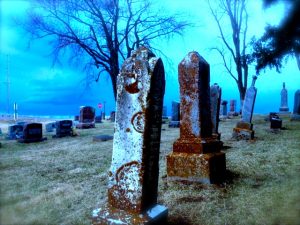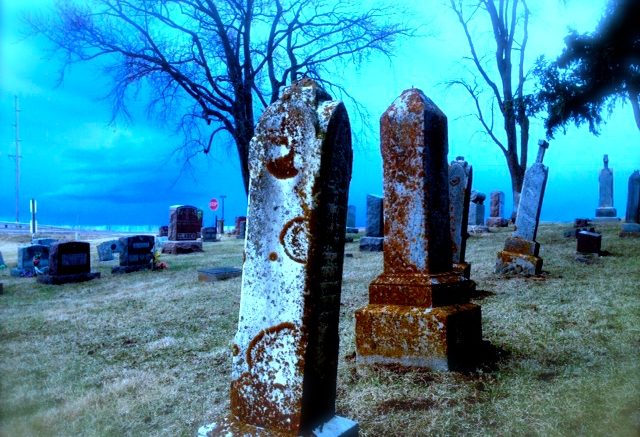
“The protests back in 1918 and 1919 were organized. That sort of distrust of experts, distrust of the government’s point of view was very strong.”
By Peter Lawrence Kane
The Guardian (4/29/20)
San Francisco seems to have done a good job of flattening the coronavirus curve. Initially perceived as an overreaction, the shelter-in-place order issued on 16 March now seems prudent in light of the sustained public health crisis that New York has endured.
San Francisco has seen roughly 1,450 confirmed coronavirus cases and 23 deaths but the city wasn’t always so good at heeding the advice of experts.
A century ago, the influenza pandemic hit San Francisco harder than any other major US city, with 45,000 infections and 3,000 deaths. As NPR’s Tim Mak pointed out in a 19 April Twitter thread, protests in late 1918 and early 1919 helped turn a manageable public-health situation into a disaster – courtesy of a now-forgotten movement known as the Anti-Mask League.
It began after the initial wave of infections in the fall of 1918 died down, the approximate juncture where California is now vis-a-vis Covid-19. But instead of flattening the curve, hostility to commonsense measures on grounds of personal liberty turned that curve into a double hump. Cases spiked in October, and mask use became mandatory, but only for four weeks. As of 21 November, they were no longer required.
Seemingly clear of danger, the city reopened, and a populace weary from the first world war and the widespread destruction of the 1906 earthquake and fire jumped back into the conviviality of life. Predictably, this led to a second wave of illness and death, and the city became convulsed by debates over the efficacy of masks and whether their use should be compulsory or not.
Fake patriotism and financial self-interest
Then as now, a loose alliance of constitutional conservatives and economic boosters coalesced in opposition to the idea of masks, even as the caseload exploded to more than 600 a week by January 1919. A port city of 500,000 couldn’t seal itself off from the world the way a remote mountain town like Gunnison, Colorado, could, and ultimately around 3,000 residents would succumb to the flu. All the while, civic-minded physicians coaxed people into adopting masks as a kind of fashionable accessory, with one claiming that “chiffon veils for women and children have been as satisfactory as the common gauze masks”. But the Anti-Mask League complained bitterly that an obligation to cover one’s nose and mouth was an unconstitutional affront to the principles of a free society.
The San Francisco Board of Supervisors nonetheless reinstated the mask requirement on 17 January 1919. People caught without one were typically fined $5 or $10, money that was donated to the Red Cross, although a minority of scofflaws were sentenced to brief jail terms. …
(Commoner Call photo by Mark L. Taylor, 2020. Open source and free for non-derivative use with link to www.thecommonercall.org )

